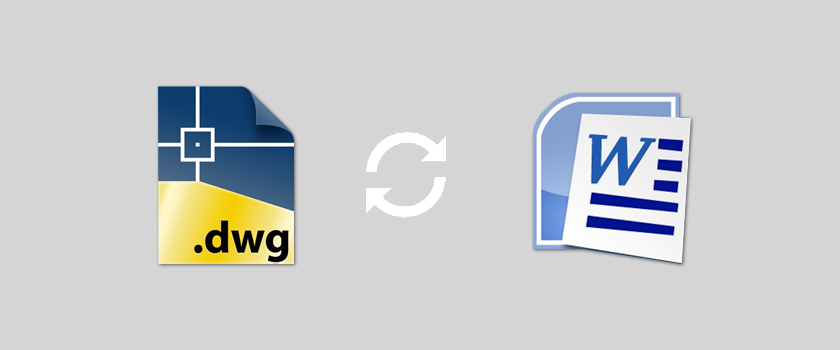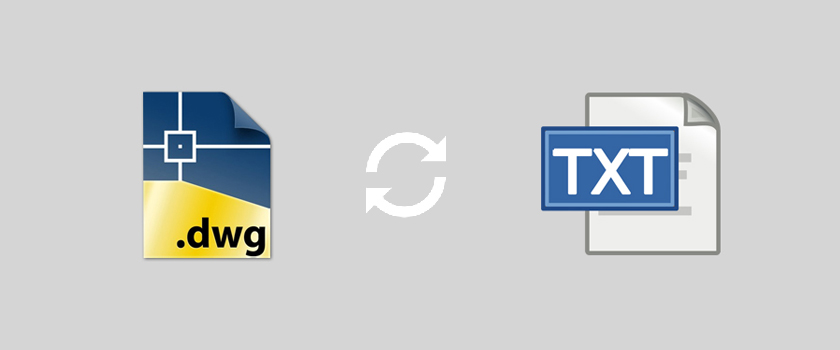Language learning has always been a passion for the people who are evident learners and like to explore and learn foreign languages, cultures, and customs of other countries. Learning a foreign language is one of the significant options for people who are eager learners.
Language learning is indeed a great hobby and a fun thing to accomplish. Love reading Tolstoy and Dostoyevsky? How about learning Russian?
Planning to get settled in Bangkok? Go and learn Thai to ease things out.
With Dutch and Norwegian enjoying the most popular Latin languages, Italian, French Portuguese, and Spanish are few of the languages which require 600 hours of study to achieve a general proficiency in speaking and reading. After the above two mentioned languages Spanish and Italian are two of the easiest languages that native English speakers can learn easily followed by French and Portuguese.
As English speakers, they can easily learn a lot of languages as many other languages share great similarities with English. Narrowing down the options of languages that are easy and fun to learn are
However Norwegian is going to be the language that has maximum similarity with the English language hence, making it the easiest language to learn for English speakers. These share a number of words with English, however, the factor of ‘false friends’ should also not be overlooked. ‘False friends’ refer to the terms and words which sound similar in different languages but have different meanings.
French and Italian are pretty standardized, however, it is important to learn Latin American Spanish or “Castellano” which is the French version spoken in Spain and they differ from each other as much as British English and US English.
It is also worth mentioning here that according to many experts the closest language to English is Frisian. Now, what is it? This is a Germanic language which is an official language of a relatively small population of about 480,000 people. This language has three spate dialects and is only spoken in the Netherlands and Germany at the southern fringes of the north sea. However, not much is known about this language.
People might find it surprising but Norwegian is one of the easiest languages to learn for English speakers. It comes from the Germanic family of languages similar to English. This implies the language's sharing of vocabularies such as seasons which are ‘vinter’ and ‘Sommer’. Found a hint?
Norwegian is a North Germanic language and it is mainly spoken as an official language in Norway. Norway also has Swedish and Danish languages as official languages. A few Norwegian and Swedish dialects are very close. The Norwegian language comprises a dialect continuum of more or less mutually intelligible local and regional varieties.
The two greatest languages English and German have close similarities with this language; neither of these is mutually intelligible to it. The Norwegian language is mutually intelligible with it. Norwegian is a descendant of Old Norse.
The Norwegian language has two types of official forms.
It is important to note here that each of these has its two variants.
It developed from the Dano-Norwegian language and Middle Norwegian replaced the elite language after the union of Denmark-Norway during the 16th and 17th centuries. It then further evolved in Norway, while Nynorsk later developed based on a collective of spoken Norwegian dialects. Norwegian is one of the official languages in Norway along with Sami, a Finno-Ugric language that is spoken by less than one percent of the population.
It is also important to note that Norwegian is one of the working languages of the Nordic Council. The Norwegian speakers also enjoy the privilege of using their native language while having interaction with official bodies in other Nordic countries without having any liability for translational or interpretation costs.
The Norwegian language has its descent from the Proto-Indo-European language like most of the languages in Europe. With the spread and settling of early Indo-Europeans across Europe, they became isolated and didn’t have much interaction with other groups and dynasties which led to the birth of new languages with particular dialects and locales.
In the northwest of Europe west Germanic languages evolved and eventually led to languages of English, Dutch, German, and other Germanic languages, and Norwegian is one of these languages. Moreover, Proto-Norse is considered to have evolved as a northern dialect of Proto-Germanic during the first centuries in today’s southern Sweden.
During the times of 1030, Christianity came to Scandinavia, bringing with it an influx of Latin and Roman alphabet. These new words were related to church practices and ceremonies, although a plethora of loanwords related to general culture was also added to the language.
The Scandinavian languages during this time were not taken to be separate languages despite minor differences and similarities between what is called to be customarily Old Icelandic, Old Guntish, Old Norwegian, Old Swedish, and Old Danish.
During the late middle ages, dialects began to develop in Scandinavia because of the rural population and little travel. During the times of the Reformation from Germany, Martin Luther’s High German translation of the Bible was later translated as the topmost priority in Swedish, Danish, and Icelandic. In 1397 Norway marked its entry with Denmark and Danish in a union over the time.
It later replaced middle Norwegian as the language of upper strata and elite, the church, literature, and law. After the termination of the union with Denmark in 1814, the Dano Norwegian koine became the mother tongue of more than 1% of the population.
During the 1840s, some writers had their experience with Norwegianised Danish with the incorporation of words that were descriptive of Norwegian visuals and scenery and folklife. Knud Knudsen who was a known Norwegian author, scholar, and linguist proposed to change spelling and inflection according to the Dao Norwegian koine also known as ‘cultivated everyday speech. A small adjustment was also made in the direction and was implemented during its first official reform of Danish languages in Norway in 1862. It got more extensive after his death in two official reforms in 190 and 1917.
The grammar of the Norwegian language is also quite straightforward and has one form of each verb per tense. Besides that the word order closely mimics English.
English: Can you help me?
Norwegian: Kan du hjelpe meg?
The word structure is quite the same in both languages also setting out the same sentence structure which is quite an easy thing to learn for the English speaker.
Another similarity is the multiple pronunciations just like in English. English accents and pronunciations greatly vary with the regions and different countries. The UK and US accent of English with a changed vocabulary is one of the greatest examples.
The same goes for the Norwegian language. People in different areas of Norway pronounce the words as per their locale. Therefore, no one proved others wrong and they have their own correct ways of pronouncing the different words.
English speakers can vouch for Norwegian easily without having any second thoughts. However, like many similarities, both languages share many differences too. Norwegian is not difficult to learn for English speakers, as both languages belong to the same family and have a lot in common. Reading the words like katt, melk, hus. Nonetheless, there are still eye-popping differences.
1. The Norwegian language has genders in grammar. The noun word is either masculine, neuter or feminine (ordered as per the frequency). In English, you can simply “go a(n): a man, an orange, a house, child, a book, or a woman. It could be any gender. However, things are not the same in Norwegian. The a(n) varies with the noun’s gender …. It sounds weird though, but yes Unlike English, even a book has a gender. It goes like en mann, en applesin, et hus, et barn, ei kvinne, ei bok.
2. In the Norwegian language, ‘the' ' (definite article) comes at the noun's end. To use this example the right way you say man-the, orange-the. The evident learners may note the tip that with masculine and neuter nouns, “the '' looks identical to the “a '' (indefinite article): Mannen, appelsinen, huset, barnet – kvinna, boka.
3. The third major difference tells us how the order of words changes in particular ways that no one would have ever expected.
For instance, a question in English such as yes/no goes like Are you tired? ( It is a simple statement that you are tired) Liker du sjokolade? (Like you chocolate?= Do you like chocolate?). It is important to note here that inversion is a particularly tricky part. It refers to the adverbs like always placed after the main verb in the main clause but it continues the verb in a subordinate clause.
Example: Det snor slltid (It always snows)
De sier det alltid snor (They say it always snows).
The important thing is if you don’t get proficient in inversion, you’ll still be able to convey yourself in Norwegian, however, you will be sounding like a typical foreigner.
There are more than 10 languages that are easiest to learn and understand for English speakers. However, the one which is most easy is Norwegian. It comes from the same family as English and shares a lot of similarities with the English language. Moreover, with similarities, there are some important differences too which make it a different language. Overall the English speakers can easily count themselves in to learn Norwegian without facing many difficulties.

dwg: It means a drawing file save format created by AutoCAD, and now has been the standard format of 2D
Read More
Mars Translation can help you extract the texts in a DWG file and convert them into a Word file so
Read More
dwg: It means a drawing file save format created by AutoCAD, and now has been the standard format of 2D
Read More
dwg: It means a drawing file save format created by AutoCAD, and now has been the standard format of 2D
Read More
AutoCAD blocks A block is an object that combines one or more single entity object. Operated as an individual complete object,
Read More
What is a file formate A file format is a standard way that information is encoded for storage in a computer
Read More
Software 1. AutoCAD 2015 - English 2. PDF virtual printer, such as Adobe Acrobat, PDF factory, or CutePDF. Step-by-Step 1. Open the CAD file,
Read More
Plot style table is used to control the color, line width and other effects. In the layer manager, every layer
Read More
The following layers can't be deleted: 1. Layer 0 and Layer Defpoints that are default layers. 2. The current active layer. To
Read More


Document Translation
Professional document translation by native expertsApp Localization
Get more downloads by adapting your app for different target marketsVideo Translation
Multilingual translation and subtitling servicesWebsite Localization
Adapt your website into multiple contexts for global reachSoftware Localization
Adapt your software for global usersGame Localization
Reach new players with localized gameplayMTPE
Refine AI translations for natural fluencyBusiness Translation
Professional translation for business documents and websitesDTP & File Conversion
Professional DTP and File conversion, supporting multiple file formatsProofreading
Perfect your content with expert review© Copyright 2026 MarsTranslation